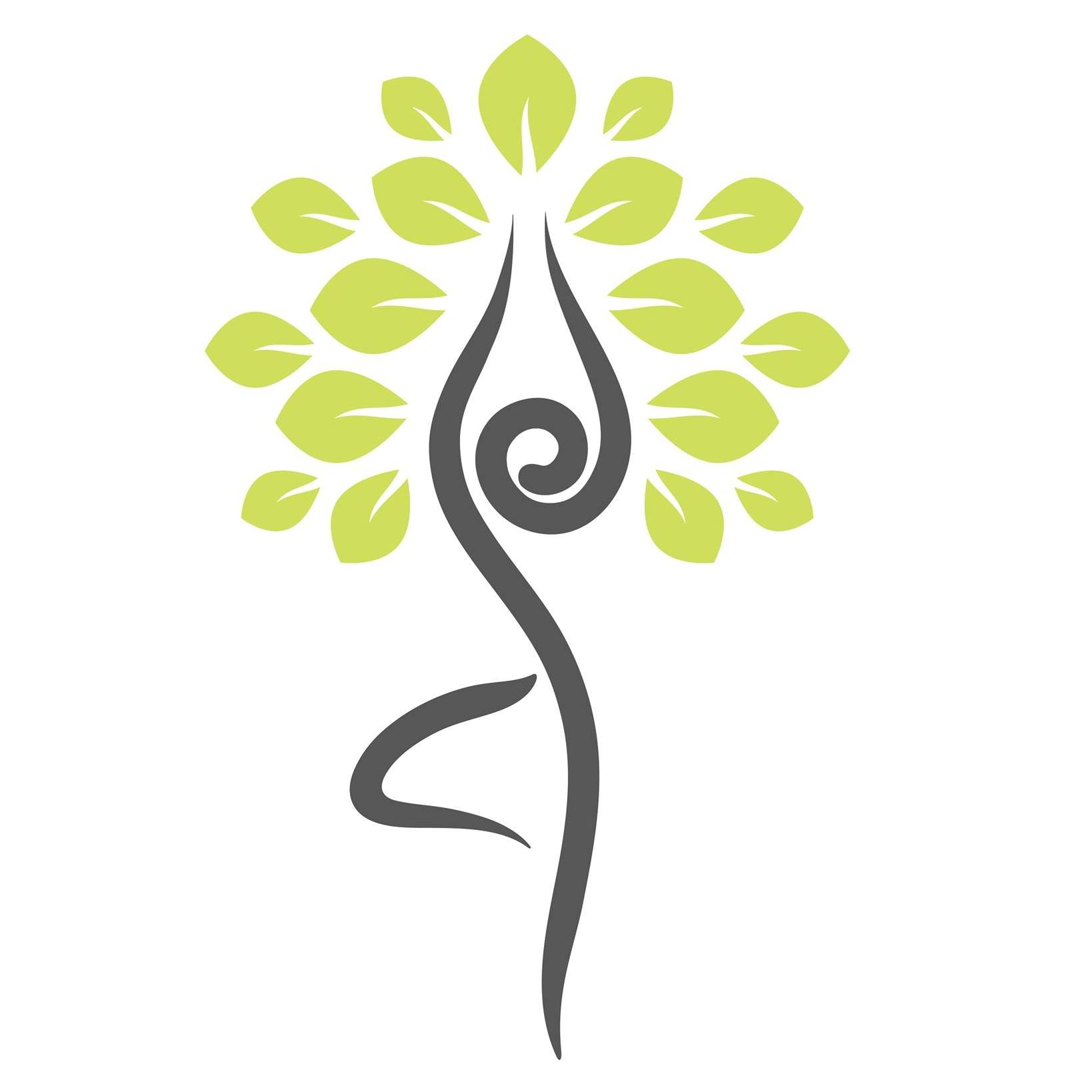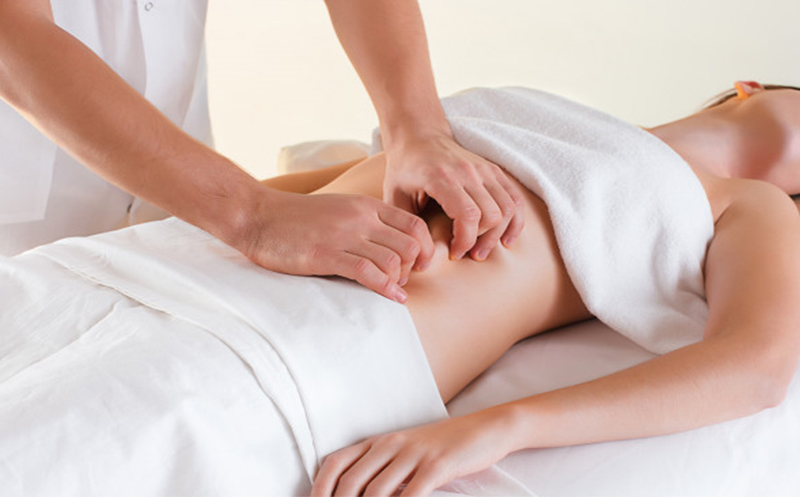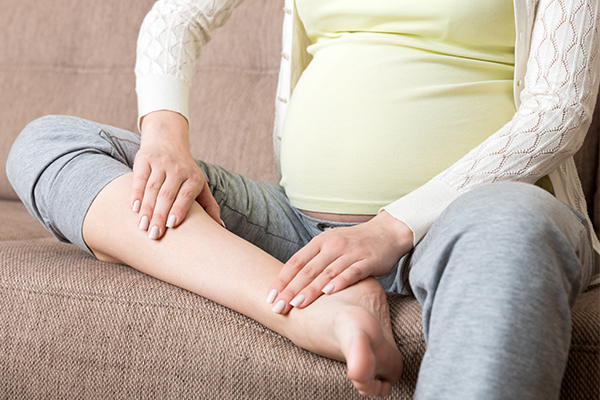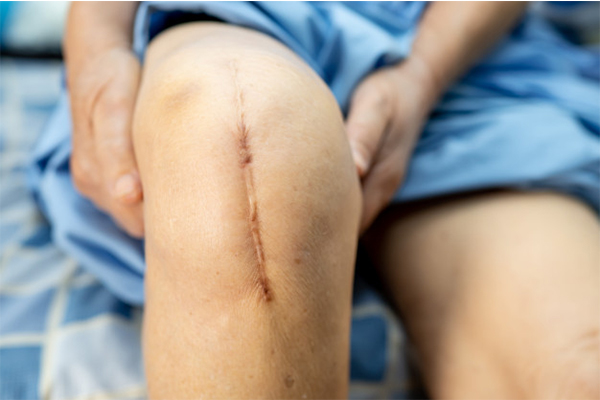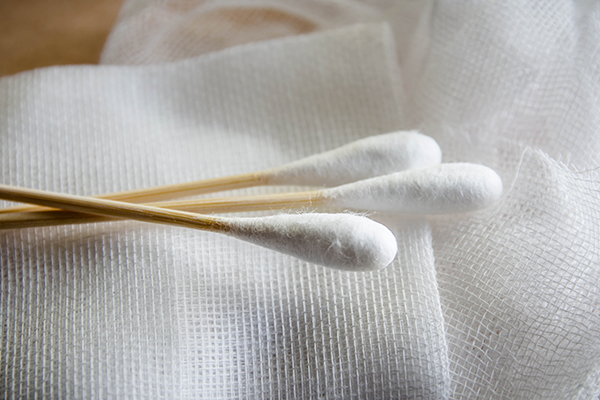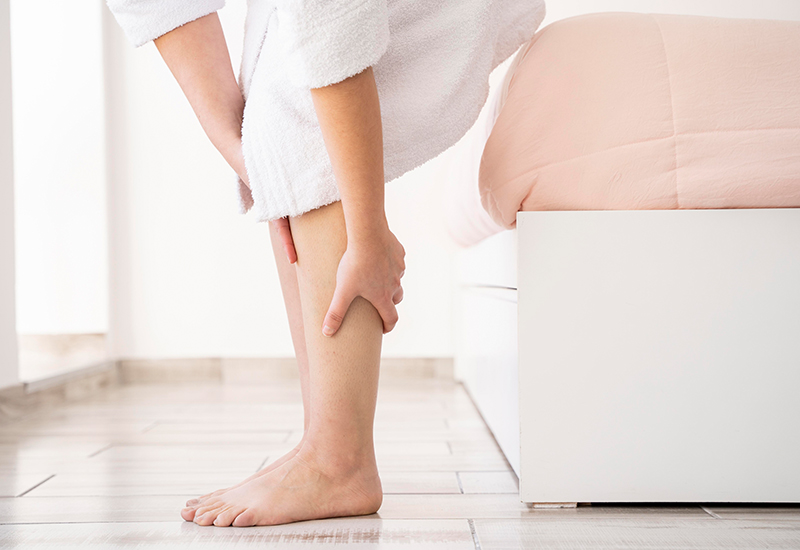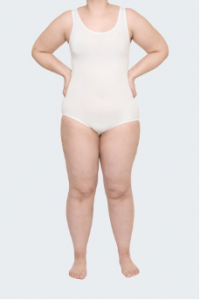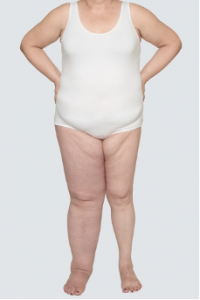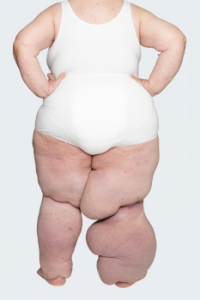SECONDARY LYMPHOEDEMA
Secondary Lymphoedema is caused by damage or trauma to the lymphatic system or body but mostly from cancer treatment (radiotherapy), lymph node removal or surgery. It usually presents as swelling of one or more areas of body, but can affect one of the areas of the body such as head, neck, torso, genitals, breast and abdomen.
ARE YOU AT RISK OR HAVE SIGNS OF LYMPHOEDEMA?
Have you has surgery with removal of lymph nodes from axilla (armpit), abdomen, groin or neck?
Have you experienced an injury/trauma to your lymphatic system or your effected limb?
Manual lymphatic drainage, skin care, exercise, compression garments,
self MLD and education, advice on lymphoedema and after care support.
1. Treat subtle underlying causes to tissues
2. Breakdown scar tissue, fibrotic tissues inhibiting the lymphatic drainage
3. Improve skin healing after radiotherapy scarring
4. Reduction of oedema and stimulation of lymphatic system
5. Education on risk reduction and self – treatment with management
- Have you has radiotherapy, chemotherapy or hormone medications as an addition therapy for cancer
- Do you have scar formation, fibrosis or dermatitis following radiotherapy treatment
- Are you overweight or are obese
- Have an inactive lifestyle
- Swelling and recovery following cosmetic surgery

